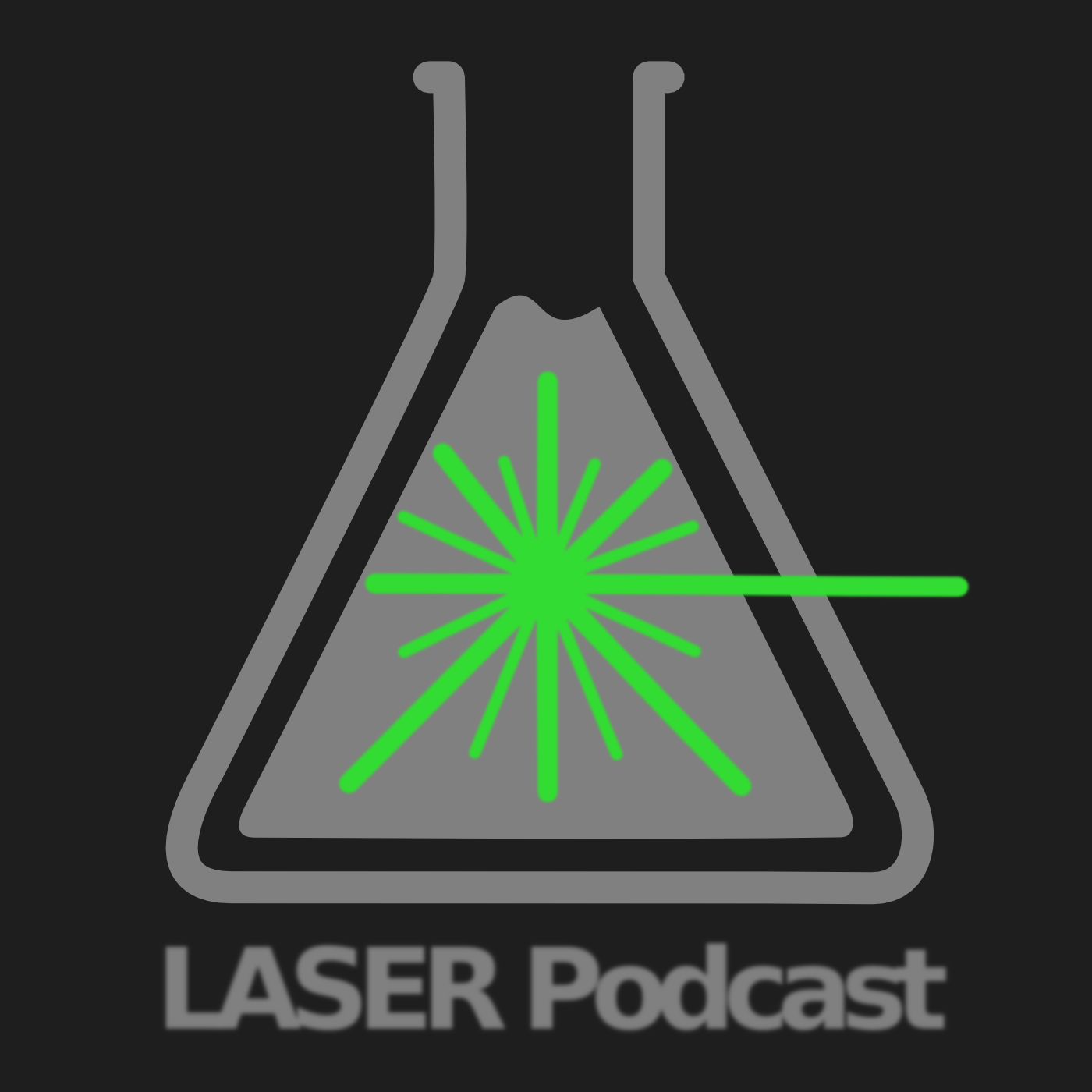Episode 1 – A Thin Veneer of Podcast
Description
Here's the very first episode of LASER! Let us know what you think in the comments. Today we discuss how ancient artifacts were gold coated, a new form of carbon called "carbyne," and how scientific data is published and shared.
Show Notes:
2:30 Alex introduces himself as "The Slinky" instead of troll king. Or, you know, just using his name.
3:00 We have some trouble with Italian pronunciation, but eventually find out that we're talking about the article: "Ancient technology for metal coatings 2,000 years ago can't be matched even today" (here's the full paper)
9:25 Cameron can't remember that the "nozzle" in extrusion is called a "die," and he also doesn't remember what calendering is.
10:40 We get to the "can't be matched even today" claim
21:25 Alex briefly explains how a cricket's knee works
24:44 The gang drinks some homebrew cider
27:05 Cameron gets a little angry at famous carbon nanotube research groups
29:40 We stop arguing and get to the point. Emily inroduces "New Form of Carbon is Stronger Than Graphene and Diamond" and the paper is published on arxiv.org, so its available to everyone here!
35:49 Instead of discussing the actual article ("How to share Scientific Data") Cameron mostly soapboxes about open access journals and publication of negative results (see PLOS and JUNQ)
and we discuss the Pub Peer service for commenting on academic papers.
47:45 Yes, you can grow carbon nanotubes with lasers.
48:14 Closing statements and our twitter account!
50:56 the blooper reel begins
Music for this episode:
Sunny Place, Shady People by Bomb the Music industry (free album)
A Shine To It by Laura Stevenson and the Cans
Cider for Breakfast by Great Cynics (http://kindoflikerecords.com/-website down at time of writing)
Riverside by The Wild (album also available for free)
More Episodes
Published 07/01/20
Published 07/01/20
Discussion about recent controversy surrounding a claim of room temperature superconductivity. Very exciting claims, but because it isnt verified and there are some questions about the manuscript, this is treated almost as a review of the pre-print, with a short description of data issues found...
Published 08/17/18


